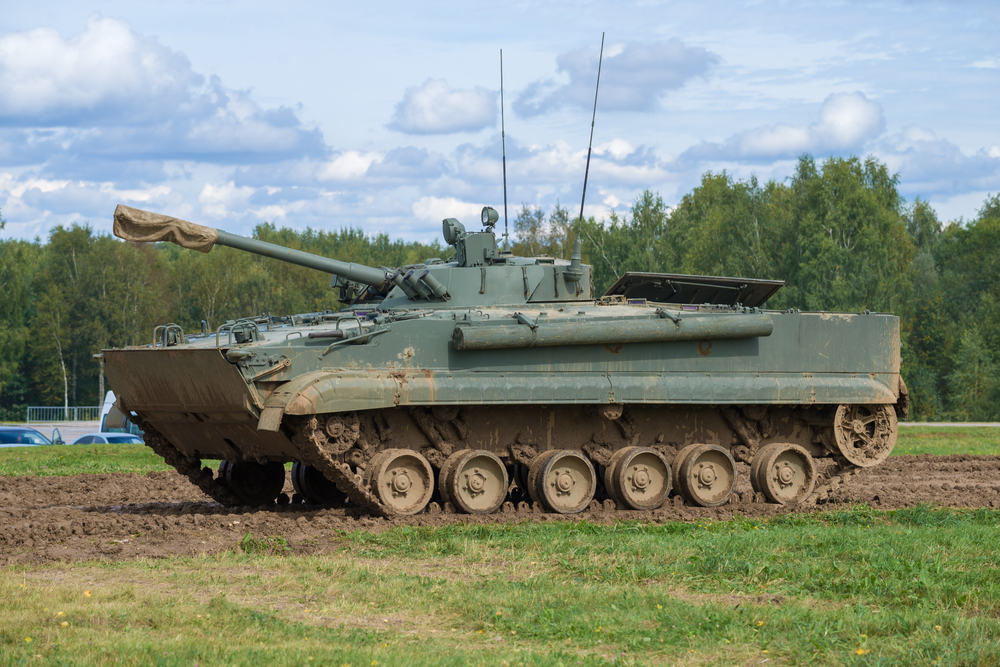In a surprising development, the Russian military has received its fifth batch of BMP-3 infantry fighting vehicles.
Others are reading now
In a surprising development, the Russian military has received its fifth batch of BMP-3 infantry fighting vehicles this year, despite earlier plans to halt production in favor of older models.
According to Tech this delivery, reported by various Russian sources, marks a significant upgrade in Russia’s armored vehicle capabilities, particularly as these vehicles are modified to meet the challenges of the ongoing conflict in Ukraine.
Production Continuation and Modernization
In the summer of 2022, the Kurganmashzavod corporation announced it would cease production of the BMP-3 and revert to manufacturing the older BMP-2, a design over 40 years old, at the request of the Russian Ministry of Defense. However, these plans were not followed through. Instead, the BMP-3 production continued, and the vehicles were further enhanced based on combat experience.
The latest BMP-3 models have received several upgrades, including the multispectral Nakidka covering, which reduces radar and thermal signatures. This addition, however, prevents the installation of anti-drone cages. To compensate, the vehicles are equipped with additional armor modules and jammers to protect against drone attacks.
Also read
Impressive Yet Vulnerable
The BMP-3, initially developed in the 1980s, is noted for its heavy armament, including a 100mm 2A70 gun, a 30mm 2A72 automatic cannon, and a machine gun. The 2A70 gun can fire both standard rounds and guided anti-tank missiles like the 9M117 Bastion.
Despite its powerful weapons, the BMP-3 has a notable drawback: its relatively light armor. With a weight of up to 19 tons, the vehicle offers limited protection, making it vulnerable in combat situations. Reports from Ukraine indicate that even with the Nakidka covering, BMP-3s have been destroyed by anti-tank guided missiles such as the Javelin.


